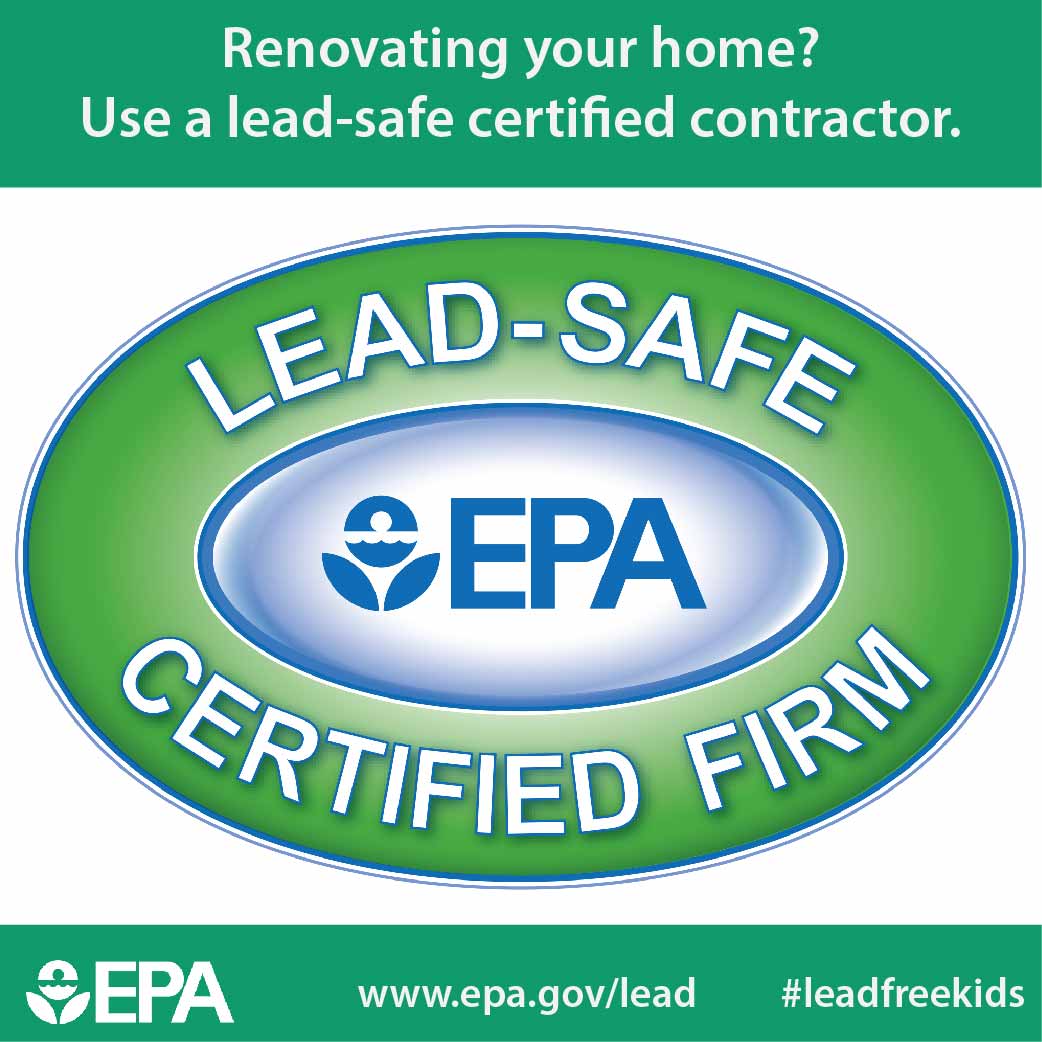Check Out The Function Of Seasonal Factors In The Success Of Business Exterior Paint And Uncover The Best Times To Safeguard Enduring Results For Your Job
Check Out The Function Of Seasonal Factors In The Success Of Business Exterior Paint And Uncover The Best Times To Safeguard Enduring Results For Your Job
Blog Article
Uploaded By-Carlson Decker
When you're preparing an industrial outside paint job, seasonal variables can make or damage your outcomes. You'll wish to consider how temperature and moisture impact paint application and drying out times. Selecting the best period can ensure your paint sticks appropriately and lasts much longer. But which periods are truly the best for this kind of job? Let's check out the key elements that can influence your job's success.
The Effect of Temperature on Paint Application
When you're preparing a business exterior painting job, the temperature can considerably influence exactly how well the paint adheres and dries out.
Ideally, you intend to repaint when temperatures range in between 50 ° F and 85 ° F. If it's too chilly, the paint may not treat correctly, leading to problems like peeling off or splitting.
On the other hand, if it's too hot, the paint can dry out also promptly, avoiding proper adhesion and resulting in an unequal finish.
You must likewise take into consideration the moment of day; morning or late afternoon supplies cooler temperature levels, which can be extra desirable.
Constantly inspect the producer's suggestions for the specific paint you're using, as they frequently offer guidance on the perfect temperature array for optimum results.
Humidity and Its Result on Drying Times
Temperature level isn't the only environmental factor that affects your business exterior painting job; moisture plays a significant role as well. High humidity degrees can decrease drying times significantly, impacting the overall top quality of your paint work.
When the air is filled with moisture, the paint takes longer to treat, which can cause problems like inadequate adhesion and a greater danger of mold growth. If you're painting on a particularly damp day, be prepared for prolonged wait times in between layers.
It's crucial to check regional weather conditions and strategy accordingly. Ideally, aim for humidity levels between 40% and 70% for ideal drying.
Keeping these consider mind ensures your project remains on track and supplies a long lasting finish.
Best Seasons for Commercial Outside Paint Projects
What's the best season for your commercial external paint jobs?
visit the next web page and early loss are typically your best options. Throughout Click Link , temperature levels are moderate, and humidity degrees are typically reduced, developing ideal problems for paint application and drying out.
Avoid summertime's intense heat, which can cause paint to completely dry also quickly, leading to inadequate attachment and surface. Likewise, winter season's cold temperature levels can prevent correct drying out and healing, taking the chance of the durability of your paint job.
Aim for days with temperatures between 50 ° F and 85 ° F for optimum outcomes. Keep in mind to examine the regional weather report for rainfall, as wet conditions can destroy your job.
Planning around these variables ensures your paint job runs efficiently and lasts much longer.
Conclusion
Finally, intending your industrial external painting tasks around seasonal factors to consider can make a significant distinction in the result. By organizing job throughout the suitable temperatures and humidity levels, you'll make certain far better adhesion and drying out times. Bear in mind to keep an eye on local weather report and pick the right time of year-- spring and early loss are your best bets. Taking these steps will aid you accomplish a resilient and professional coating that lasts.
